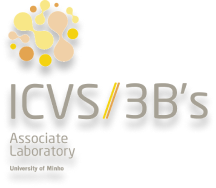
Molecular pathogenesis of Acute Myeloid Leukemia
Acute myeloid leukemia (AML) is a heterogeneous group of hematologic malignancies characterized by differentiation arrest and uncontrolled proliferation of myeloid precursor cells (blasts) resulting in impaired hematopoiesis and/or bone marrow failure. During AML development, hematopoietic stem cells undergo clonal transformation in a multistep process through acquisition of chromosomal rearrangements and/or different gene mutations. AML presents great clonal heterogeneity at the time of diagnosis, with the presence of a founding clone and at least one subclone.
Recent advances in molecular genetics have identified recurrent mutations in FLT3, NPM1, CEBPA and TET2. Genes that are commonly involved in epigenetic regulation of myeloid cell differentiation such as DNMT3A, ASXL1, IDH2 and TET2 are also present in preleukemic stem cells and occur early in the evolution of AML. Mutations in these epigenetic regulators account for 90% of a condition named clonal hematopoiesis of indeterminate potential (CHIP). During AML development, a remarkable microenvironment remodeling of the bone marrow (BM) is observed, suggesting that clonal HSCs may communicate differently with BM stromal cells such as mesenchymal stem cells (MSCs). Intercellular communication is a complex process mediated by a variety of chemical and mechanical signals, and for which extracellular vesicles (EVs) play an important role. This project aims to deepen our knowledge on the BM environment through aging and CHIP, and on the intercellular communication within the BM. These questions are of utmost relevance to better understand these age-related conditions and to translate to new clinical solutions, monitor and prevent the onset of pre-leukemic states in elderly.
This project also aims to develop, in collaboration with INL and within the PRR – HEALTH from PORTUGAL (HfPT), a multiplex diagnostic and classification platform enabling personalized therapy in AML patients. Currently, the classification of AML is done by sequencing 20-30 genes by NGS, which requires hematological laboratories and specialized technicians as well as time to analyze the results. This solution being very expensive and inaccessible. With the development of this new multiplex platform, several genetic changes will be quickly detected in a small sample of blood from a patient with AML, which will allow a quick, early and personalized decision on which therapy to initiate.
Funding Agency
PRR – Health from Portugal (HfPT) – PPS A1.04
Project Reference
Project Members


Daniela Costa

Sara Dourado

Bruna Coelho-Ribeiro
Main Project Outcomes
S. Queirós, “Right ventricular segmentation in multi-view cardiac MRI using a unified U-net model”, in E. Puyol Antón et al. (eds) Statistical Atlases and Computational Models of the Heart. Multi-Disease, Multi-View, and Multi-Center Right Ventricular Segmentation in Cardiac MRI Challenge. STACOM 2021. Lecture Notes in Computer Science, vol 13131, pp. 287-295, Springer, Cham, 2022.
“Best Paper Award in the M&Ms-2 Challenge”, by M&Ms2 Challenge organizers and the Medical Image Computing and Computer Assisted Intervention (MICCAI) Society.



Contact us
Phone: +351 253 604 967
Fax: +351 253 604 809
Email: icvs.sec@med.uminho.pt
Address
Life and Health Sciences
Research Institute (ICVS)
School of Medicine,
University of Minho,
Campus de Gualtar
4710-057 Braga
Portugal

Copyright ©2022 ICVS. All Rights Reserved



Copyright ©2022 ICVS. All Rights Reserved
Address
Life and Health Sciences
Research Institute (ICVS)
School of Medicine,
University of Minho,
Campus de Gualtar
4710-057 Braga
Portugal



Copyright ©2022 ICVS. All Rights Reserved
Address
Life and Health Sciences
Research Institute (ICVS)
School of Medicine,
University of Minho,
Campus de Gualtar
4710-057 Braga
Portugal


